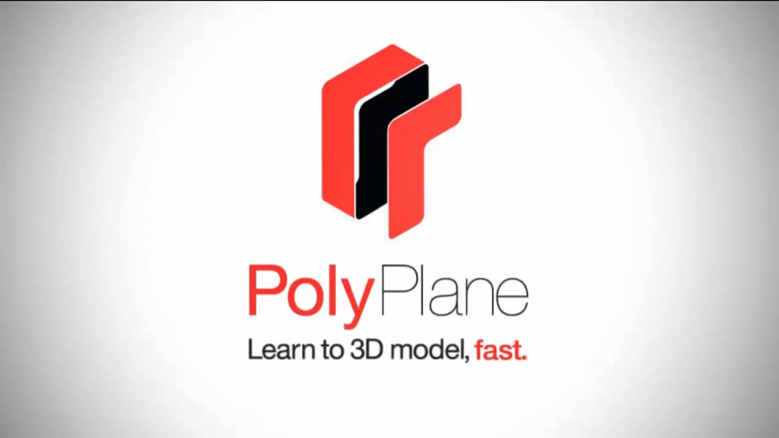Interview with Limitless Computing Inc. President, Dr. Errin T. Weller

The “Cloud” and Augmented Reality (AR) are quickly becoming standard terms in the tech world. AR is essentially the superimposition of graphics, audio and other sensory enhancements onto the real world, thus “enhancing” our reality, using advanced smartphones or innovations like Google’s Project Glass. Cloud Computing is a revolution similar level to jumping from basic 2D & 3D to full blown Building Information Modeling, fundamentally changing how buildings are designed, visualized and developed.
In this quick interview with the President of Limitless Computing Inc, Dr Errin T. Weller, we explore how these two concepts are affecting the AEC community and the future possibilities of this great technology.
So, Limitless Computing has had some pretty amazing achievements in the past few years, from cloud computing services for Sketchup and Revit to Augmented Reality apps for iOS and Android devices. I wrote about SightSpace 3D in an ArchiMAG article last year as part of the most innovative AEC apps on iPad and Android devices, because I was fascinated with augmented reality technology and what it can offer the future of the industry. So how long has the company been involved in developing for architects, engineers and other designers?
Thank you. We have been working in AEC since 2009 when we first saw a need for faster rendering using the cloud. Our friends at Hilliard Architects in San Francisco were nice enough to be our guinea pigs for cloud rendering. They gave us valuable feedback and information on how architects work and what their needs are. Our Augmented Reality technology was the result of realizing that the ideal tool for architects would be to visualize their designs in the real world.
You recently participated in the Sketchup 3D Basecamp 2012 in your home town of Boulder, CO. Can you describe what the basecamp was all about and how your presentation received by the audience?
Basecamp is an amazing opportunity to meet SketchUp super users, other third party developers, and connect with members of the SketchUp team. It is a chance to find out the latest information about SketchUp and make recommendations on software improvements directly to the people who produce it. With less than 300 people, it is also a great size. This was our first Basecamp but as the new kids it was a very positive experience because we were very well received. We were given the opportunity to introduce our SightSpace 3D augmented reality technology to a large audience of about 60+ users. Everyone was blown away by being able to see their 3D SketchUp models right in front of them, interactive, and to scale. I gave away a lot of 3D glasses.
SightSpace 3D is available for download now on Apple’s App Store, on Google Play and on Amazon’s Kindle
You have also created two cloud rendering solutions, Shaderlight for Sketchup and CloudRender for Revit. How does that work, is it a subscription program? What has been the reaction of consumers, and do you see cloud rendering becoming more standard than in-house rendering?
Our first entrance into rendering was CloudRender for Revit and this, along with Hilliard Architects as mentioned above, taught us a lot about how architects use the cloud, how to deliver renderings, and pricing. We took this experience and applied it to Shaderlight for SketchUp. We price on a pay-per-render basis because we have found this to be most successful. It is also essential to have upfront pricing, so professionals can decide immediately if they want to use the cloud. Both Shaderlight and CloudRender are run this way. I foresee cloud rendering to grow because of the time savings and ability to meet deadlines. There will be local renderings, at low quality, to ensure the lighting, materials, etc. are correct and then the cloud to render out high quality. There are just so many advantages to the cloud that make it attractive. The most central of these is the ability to send unlimited renders to the cloud and continue to work on your own computer. These benefits mean architects can meet tight deadline that might, at first, seem impossible.
Do you plan on developing more applications? Are you developing or releasing cloud rendering plugins for more programs like ArchiCAD or Vectorworks?
We are always developing new mobile applications as this is a popular area of growth for the industry. We would welcome the opportunity to apply our cloud rendering experience and technologies to companies that are interested. Within SketchUp, third party developers are currently offering over 20 renderers. Using the cloud is a value-add that helps differentiate from the competition. With Shaderlight, for example, you can render on the cloud and use the complementary mobile app to check on the status of renders and download them. In the future I believe this kind of mobility will become a necessity.
What do you think is the future of Augmented Reality? Do you see Google’s Project Glass being part of your future?
I love the potential of Google’s Project Glass and believe it could incorporate the future of Augmented Reality. The project faces a lot of challenges in the field of Augmented Reality, such as real-time 3D integration and environment recognition. I could envision Project Glass as being able to give you information about the world around you. For example, information about buildings for tourists, hotel availability by looking at that hotel (or for real estate), and so forth. The possibilities for public service and disaster relief are also huge. Fire fighters able to use augmented reality to “see” houses through smoke, first responders able to identify houses in disaster zones when all discernible characteristics like street numbers and signs are missing, and many more possibilities. So many things can benefit from Augmented Reality that I believe it will become very commonplace. The mobile hardware is one area that is holding us back at the moment as we could use more power and memory. As amazing as tablets are, the best on the market right now are still only equivalent to a 10-year old computer. Innovation will continue, especially since Project Glass has sold a small number of glasses to third-party developers. I say give it three years before we see widespread adoption.
Beyond the AEC industry, it seems you’re expanding your AR business to a Facebook App called Circulizar that works on iOS devices. How does it work and what’s the plan?
While SightSpace 3D has been very well received, it is primarily a professional application for those who work within AEC and is limited to the niche that uses software that creates the file type we use (.KMZ). Casual SketchUp users can definitely benefit, but our adopters have largely been in AEC (and education). Augmented Reality, as a technology, is continuing to search for that application that will bring it more mainstream. I wanted to expand the reach of the technology and the result was Circulizar, a decidedly fun and consumer-friendly app that anybody can use. It is a virtual gift-giving app where users can view animated gifts in the real-world using our Augmented Reality technology. With the AR technology, the gifts are much more interactive because they can be moved and resized. For example, I love the snow gift. Snowflakes fall across the screen and with AR they can be viewed with a real-world background in all 360 degrees; wherever I move my device it is snowing. It is a free app to encourage downloads to spread our AR technology with free starter gifts and more gifts available for purchase. We have our own custom AR technology, which we call VYZAR, that we can customize and move into more AR applications. VYZAR is the AR technology behind SightSpace which we adopted for Circulizar and plan to adapt for more apps.
Architect - Tech Writer - 3D Artist - 3D printing enthusiast








